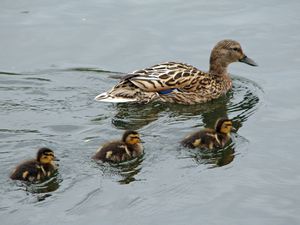ISSS608 2017-18 T3 Assign Lim Wee Kiong Conclusion
|
|
|
|
|
|
|
Conclusions
From the visualizations, we can conclude reasonably that:
1. Irregular Recording Intervals. The readings do not show consistent behaviour from the past to present. There are times when measures stabilized and in other times, the reverse happen. Some areas have missing data from the past but exhibit curious behaviour in the present, e.g. Tansanee. It is worthwhile to investigate all these phenomena in greater details.
2. Reasons for Missing Data. It would be from the lack of resources and the uneven distribution of water sensors over the four river streams. Also, if we have the avenue to overlay the Kasios factory location over the data, we can probably find out more correlations between the factory discharge and the water measure readings.
3. Changes to Sampling Strategies. I suggest a few ways to improve sampling, (1) Additional water sensors for each main river streams and at least one sensor at each major tributary, (2) focus the reading on critical water contaminants and (3) reduced but focused reading of data. Since the water data are largely seasonal, one way to reduce effort is to focus the reading for the data over a focused period. We can do 3 – 5 measures for all locations from Jan – Mar, and switch to another 3 – 5 measures. This will help to alleviate the stress of limited resources yet provide a better apple-to-apple comparison.
4. Environmental Impact on the Pipit and Wildlife. The findings on methylosmoline, dissolved salt and coliforms caused concern to Pipit and other wildlife in the waterways. There seems to be elevated readings of these measures and all could cause potential harm as it could (1) affect the water they consume, (2) cause illnesses such as skin disease with constant contact and (3) cause harm to neighbouring flora that uses the water for irrigation, which in turn causes harm as the animals eat the flora. However, I cannot find direct connection between the various measures, e.g. increased level of methylosmoline does not impact any other water pollutants in the same area directly. Once sampling strategies are improved, more meaningful conclusion can be drawn.
Comments and Discussions
Feel free to leave any comments here!
Back to Dropbox Page
